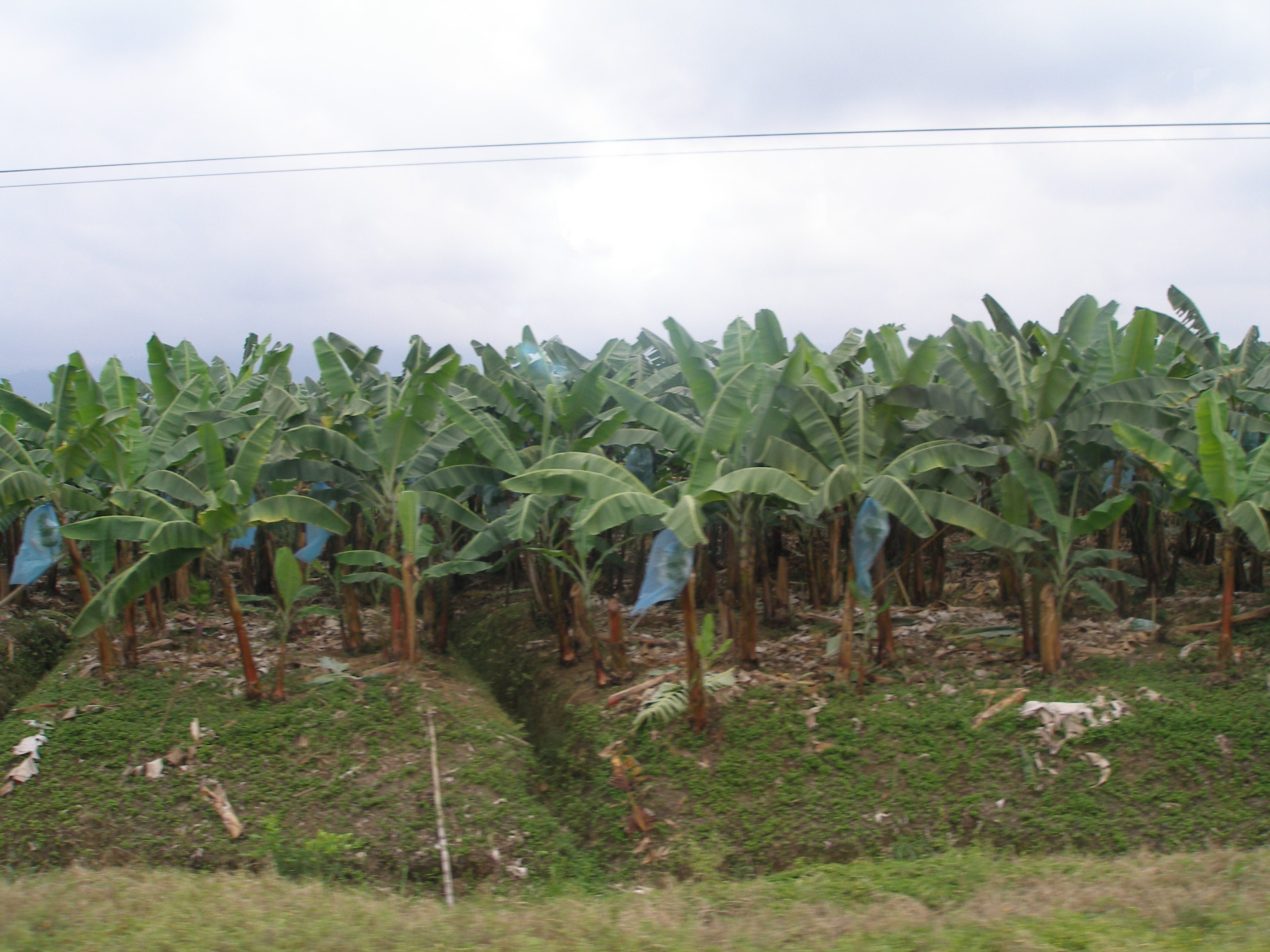More than a year after the Hawai`i Supreme Court heard oral arguments, it has issued its decision in Patrickson v. Dole, a case that revolves around harm to Central American workers exposed to DBCP, or dibromochloropropane. That chemical was widely used in the United States until the Environmental Protection Agency banned its use in the 48 mainland states in 1978; it took another eight years before pineapple growers on Maui were forced to stop using it on their fields.
In banana plantations of Central America, however, DBCP continued to be applied, in ways that resulted in even higher levels of exposure to workers. In 1997, several of those workers sued in Hawai`i circuit court the companies that manufactured the chemical and the fruit companies that owned the plantations where it was used.
The Hawai`i lawsuit is the lone survivor of a spate of legal actions brought against these defendants. The history of litigation is complicated and goes back more than two decades, with the injuries they claim going back even longer. As Environment Hawai`i noted last September when we first reported on the case, many of the plaintiffs did not realize their injuries resulted from DBCP exposure until they learned of the link from human-rights organizations that had begun working with DBCP-affected workers.
The litigation in Hawai`i has not yet reached the point where the plaintiffs can argue their case before a jury. Almost from the outset, the arguments have been over side issues. Should the case be in federal court, for example. Or was it timely filed?
The disputes went all the way to the U.S. Supreme Court, which ultimately determined that the state circuit court was the proper venue.
On July 30, 2009, nearly 13 years after the lawsuit was filed, 1st Circuit Judge Gary W.B. Chang granted the defendants’ motion for partial summary judgment on the ground that the statute of limitations had expired before the plaintiffs brought their lawsuit. But it took almost another year – until July 26, 2010 – for Chang to file the judgment, which was required before the plaintiffs could appeal.
Appeal they did. And wait they did. It took another three and a half years – to March 2014 – before the Intermediate Court of Appeals upheld the lower court.
While the state Supreme Court took up the case in relatively short order following the ICA decision, hearing the case in September 2014, yet another year passed before it issued its ruling on October 21 of this year.
That ruling keeps the lawsuit alive by rejecting the lower court and ICA determinations that the litigation was barred by an expired statute of limitations. The Supreme Court remanded the case to the 1st Circuit for further proceedings.
The decision is an important one in the history of Hawai`i jurisprudence, setting forth guidelines for determining cross-jurisdictional tolling. It’s a fine point, to be sure, but had it been in place before Patrickson, the case might have reached the point where it is now years earlier.
Nor is this the first legal landmark growing out of this case. A 2003 decision by the U.S. Supreme Court, known as Dole v. Patrickson, determined the circumstances under which foreign governments and their agencies can enjoy immunity from lawsuits brought in U.S. courts.
Despite these important outcomes, at heart, the case remains one of a handful of former plantation workers seeking justice for themselves and their families for the harm done them by exposure to DBCP. Now, some 30 years after the injuries are alleged to have occurred, they may finally have their day in court.
— Patricia Tummons
For Further Reading
Environment Hawai`i reported extensively on this and related litigation, involving a Hawai`i worker, in our September 2014 edition. See:
- “Claims of Harm from DBCP Kept Alive in Lawsuit before State Supreme Court;”
- “Hawai`i Plaintiffs Await Court Action on Complaints of Injury from DBCP;”
- “In 30 Years of Litigation, Only Once has a Jury Heard Case on the Merits.”
Volume 25, Number 7 November 2015


Leave a Reply